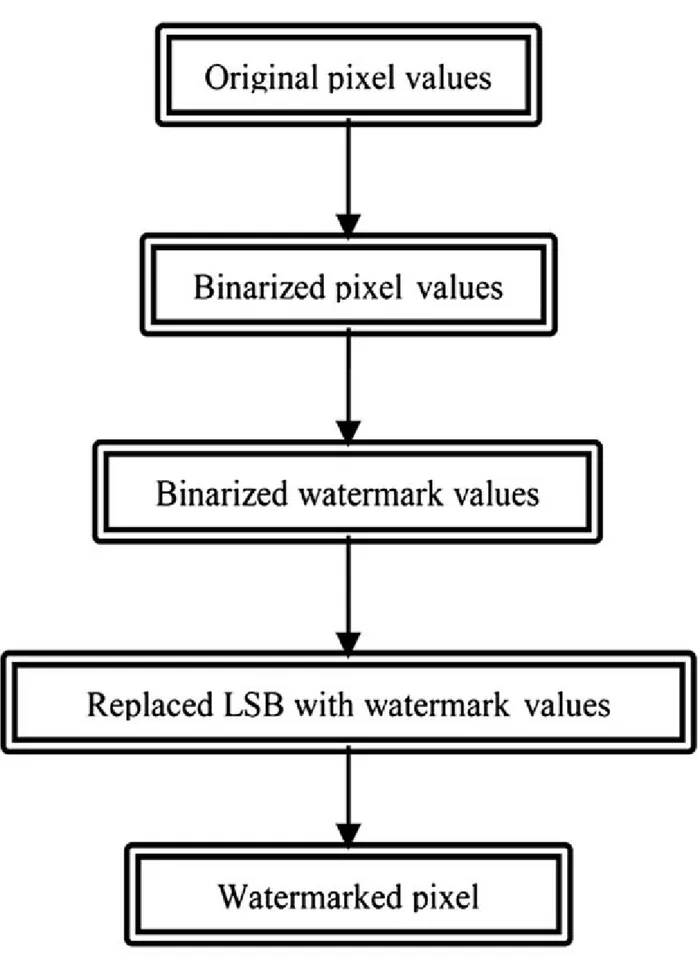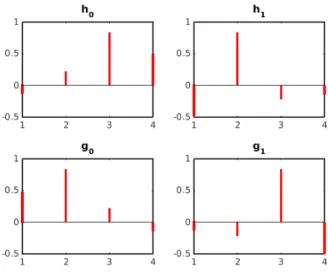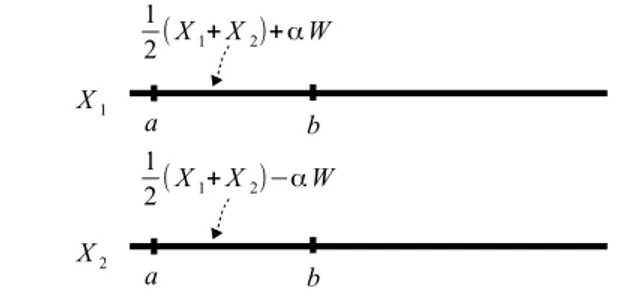Blind image watermarking using discrete cosine and discrete wavelet transforms
Texte intégral
Figure

![Figure 2.3: A generic image watermarking “information security” scheme. Notice that in blind watermarking schemes, the original image is not needed at the extraction stage [Cox2008 ].](https://thumb-eu.123doks.com/thumbv2/123doknet/2947762.79908/19.892.176.704.247.458/generic-watermarking-information-security-watermarking-schemes-original-extraction.webp)


Documents relatifs
In Section 2, we provide the model of the signals which are supposed to be linear modulations of symbols (Section 2.1). We discuss the statistics of the sampled versions of
The section describes the classification of digital watermarking based on various criteria such as robustness, perceptibility, domain, and detection process,
In this section, we present simulation results that compare the proposed semi-blind Bayesian deconvolution algorithms with the nonblind method [12], the AM algorithm [24], and
Are Deep Neural Networks good for blind image watermarking?.. Vedran Vukotić, Vivien Chappelier,
The proposed method is compared to Cho’s [11] and Zhan’s [8] methods in terms of imperceptibility using MRMS as well as robustness in terms of correlation against noise
For a watermarking application, we used this model to extract direction vectors in order to minimize the perception of color differences at embedding and proposed to adapt the
A new separa- tion method is proposed that proceeds in two steps: (i) an image pre- treatment step to transform the original sources into sparse images and to reduce the mixture
Figure 6 shows the original objects and the watermarked ones. It can be seen that the distortion is negligible and cannot be noticed by the human eye thanks to the use mesh saliency





